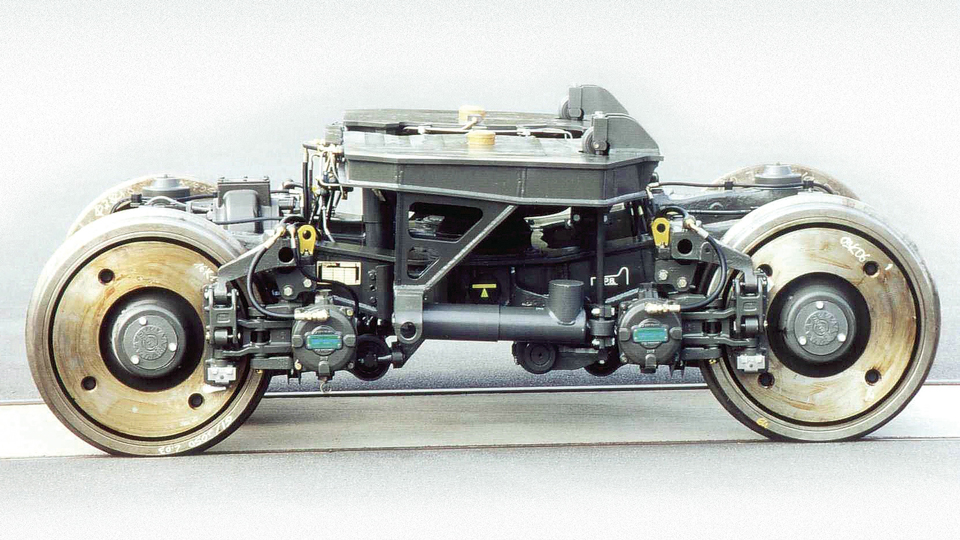ACETYLENE (C2H2): HOT BURNING ALL-ROUNDER
Organic synthesis processes, including the manufacture of plastic semiconductors, are an application field for acetylene. It is also used in the production of PVC, fragrances, flavorings and vitamin A. But acetylene also plays a role when it comes to oxyfuel welding and cutting, the vacuum deposition of diamond, graphite or polyacetylene films, or the manufacture of nanotubes.
Acetylene was one of the first gases to be produced on an industrial scale and widely used by the general public. At the turn of the 20th century, it was especially popular as a source of light, but also in high demand for heating and cooking. “The attractiveness and brightness of acetylene light was perceptibly superior to petroleum and gas lighting, as were the simplicity and safety of my acetylene generator,” commented Adolf Messer, who founded his first company to produce acetylene and the associated application technology in 1898.
But just a few years later, electricity began its triumphal march and acetylene soon was no longer used for lighting. The company’s founder reacted rapidly and transitioned to welding and cutting technology.
Acetylene is the fuel gas with the highest flame temperature and the lowest oxygen requirement. That makes it especially well-suited for oxyfuel welding and cutting. Under certain conditions, however, the gas tends to decompose explosively into its constituent components carbon and hydrogen – also known as self-decomposition. That’s why the steel cylinders for acetylene are filled with a highly porous mass containing a solvent such as acetone, in which the gas is safely dissolved.
The word acetylene is actually an antiquated term that stubbornly persists in metalworking. The scientifically correct designation is ethyne. Under that name, for example, the gas is used in the chemical industry in synthesis processes to manufacture plastics.
Whether ethyne or acetylene – the history of C2H2 is a classic example of continuous technical change in the use of gases: last but not least, it now plays an important role in the production of plastic semiconductors for the microelectronics industry and in nanotechnology.
Occurrence:
No natural supply on Earth, but exists in the atmosphere of Jupiter and in interstellar matter
Chemical properties:
Colorless, flammable gas, in pure form odorless; in practice a garlicky smell due to technically related contamination
Production:
High-temperature pyrolysis of benzine (at 1,500 °C) or natural gas (at 2,000 °C) or reaction of calcium carbide with water



